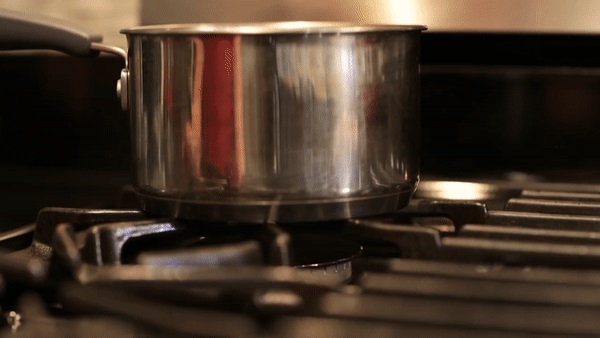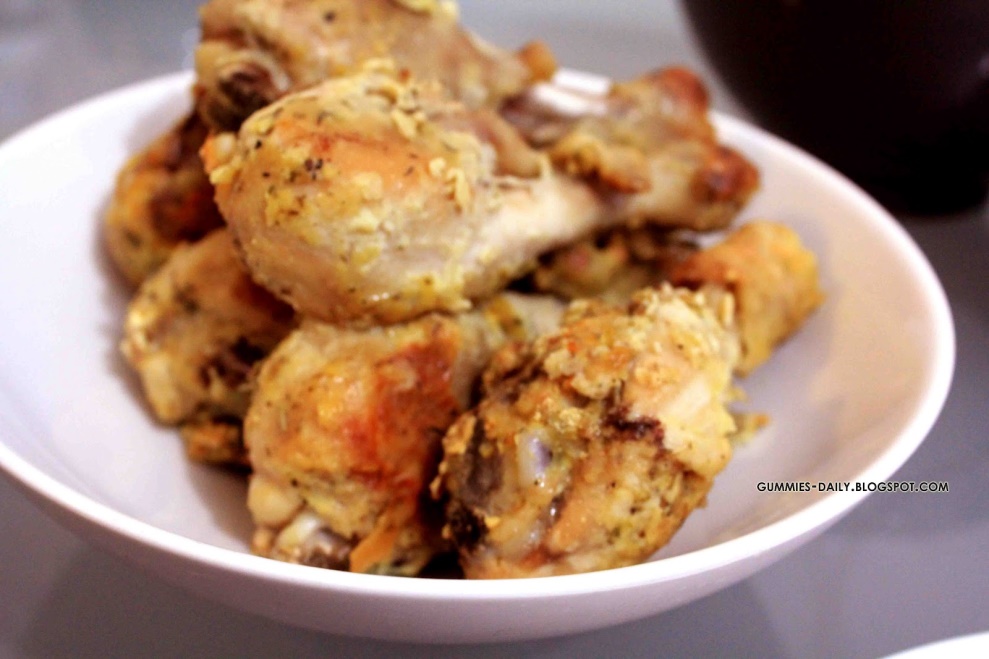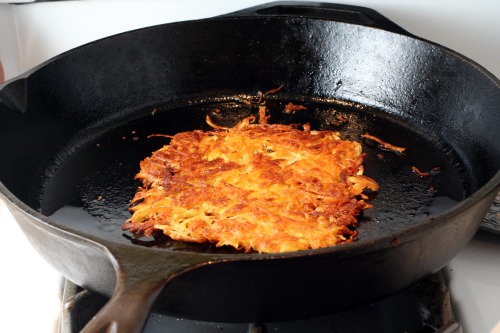4 Simple Cooking Tips from Top Chefs

Recently I did a random survey of my neighbors and family that love cooking. I wanted to know what struggles they were having with their cooking. Were there common problems out there?
Turns out, yes there are some common cooking problems that even great cooks aren’t sure how to solve. For instance, one that kept popping up:
“My food is dull-looking and lacks flavor and texture.” You’d think the answer to this issue would be to add more spice or herbs, or perhaps jazz up the garnish. Right?

Not so. According to professional chefs, this problem shows up due adding ingredients to a pan that hasn’t been fully heated up.
What to do next time: Always wait for the oil to heat up. The cooking surface has to be hot enough to seal in the juices and brown the food. How can you check if it’s ready? Hold your hand around 2-3 inches away from the pan. If you can feel heat radiating off the pan, you’re ready to go! And also, the oil should shimmer.

Another common cooking problem that many of my respondents complained about: “My food turns out SOGGY rather than crispy!” (This is a typical frustration when cooking hash browns, for instance.)
Once again, the pros know what causes this and how to fix it. Soggy food result when you overcrowding your pan.
Covering the entire surface of a pan traps heat. Since food releases moisture and creates steam, it is the culprit for making those green beans limp and prevents chicken breasts from getting that delectable caramelized crust.

What to do next time: Cook in batches. This way, you can keep an eye on the current batch. Instead of stuffing the pan with food, make two batches to leave room for steam to escape so you’ll get that beautiful crisp crunch.
And then there were laments about pasta. One biggie was “My pasta is always gummy!”
Turns out, the potential problem is nothing more than cooking pasta in a pot that’s too small.
What to do next time: Simply use a pot that’s larger than your amount of pasta and be sure to stir occasionally. The reason pasta turns gummy if you’re using a small pot? When you add pasta to a small amount of water, it lowers the temperature of the water significantly and will then take the water longer to return to a boil. In the meantime, the pasta sits at the bottom of the pot and starts to clump together and become mushy (unless you are hyper-vigilant about stirring).

And one last cooking problem that was referred to a lot, also pasta-related: “My sauce won’t stick to my noodles!”
Professional chefs say this often happens when you add oil to the pasta after you strain it.
What to do next time: Add a bit of sauce instead! Adding oil to pasta is adding another layer on top of your pasta so your sauce will not adhere to the pasta at all. Instead, as a way to prevent clumping, add a bit of sauce to the noodles and stir in. If you’re not going to be serving the pasta for a while, rinse the noodles under cold water to remove excess starch and reheat the pasta in the sauce just as you’re about to serve it.
- www.playbuzz.com
- www.blog.chefsplate.com
- www.gummies-daily.blogspot.com
- www.foodonthefood.com
 Alice Osborne
Alice Osborne
DVO Newsletter Contributor since 2006
Email the author! alice@dvo.com
